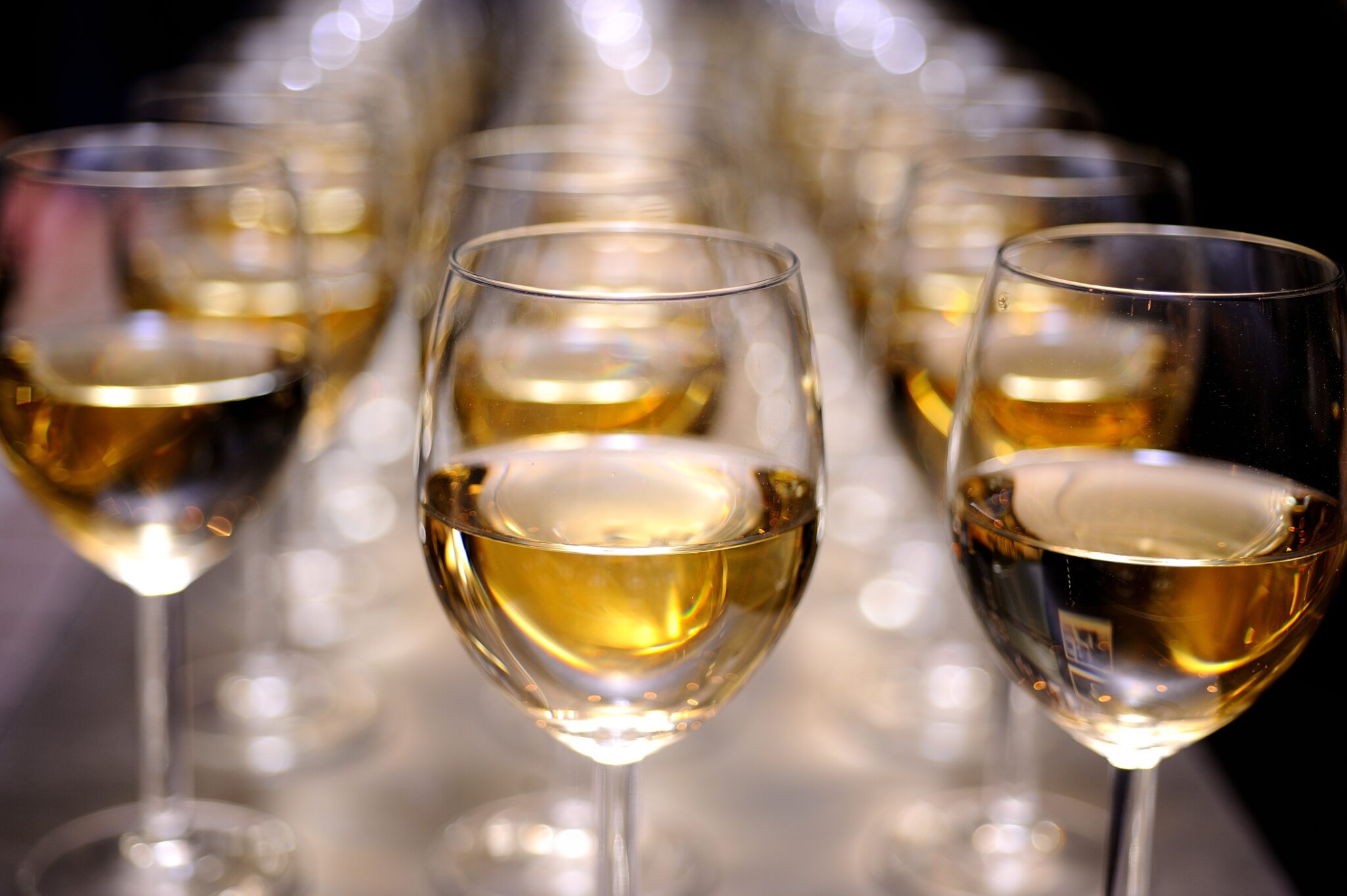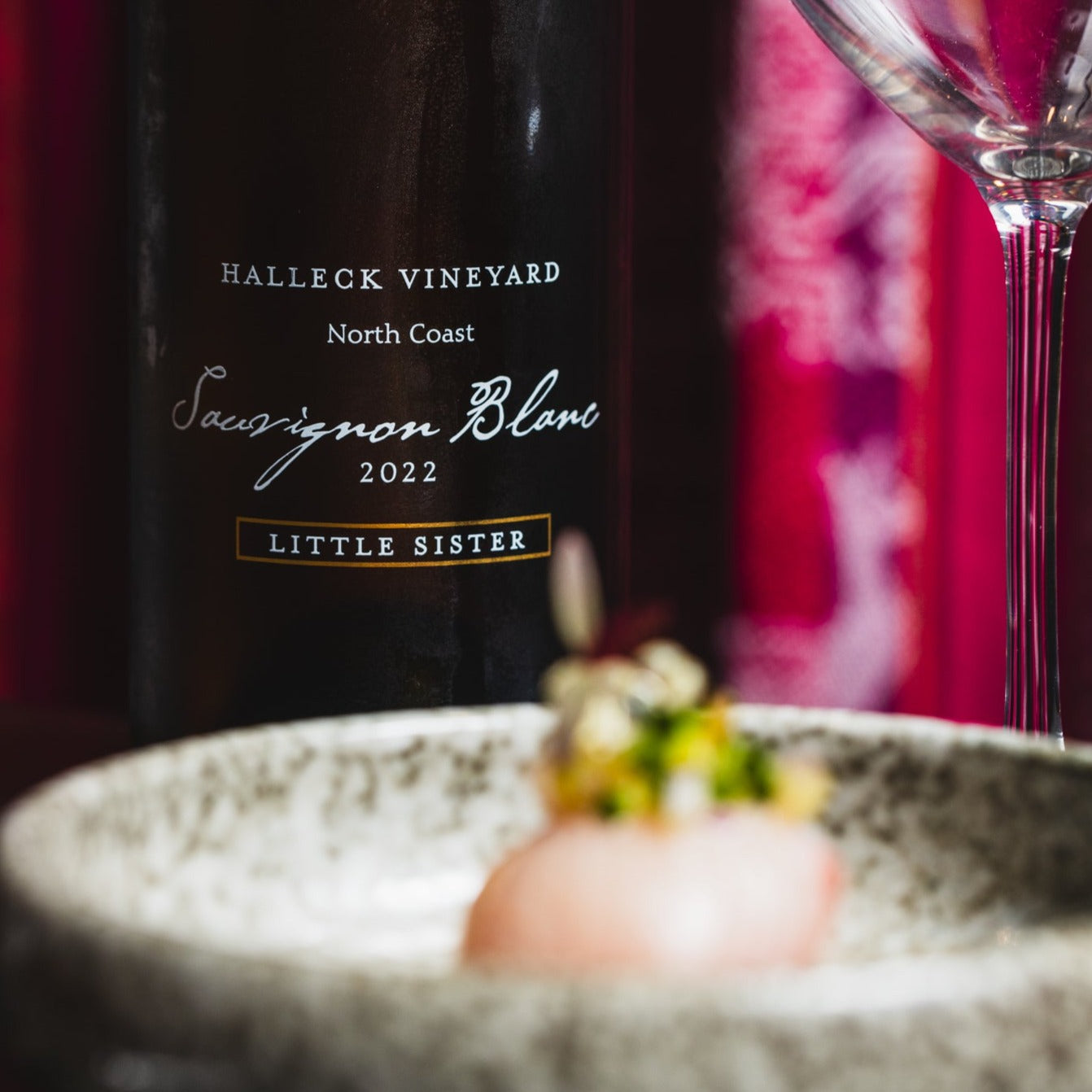Wineries In The Heart Of Sonoma County Wine Region - Wineries With Stunning Views In Sonoma
Wineries In The Heart Of Sonoma County Wine Region - Wineries With Stunning Views In Sonoma
Blog Article
Breathtaking Views From Sonoma Wineries - A Visit To Sebastopol Wineries
Wine tasting is an art that mixes sensory experience with an appreciation for the nuances of various varietals. How to judge flavors in winery wine tasting classes is pivotal to greedy the complexities of wine.
Participating in a wine tasting involves more than merely sipping and savoring. It requires a centered method to determine aromas and flavors that every wine presents. As you begin, observe the wine's look, noting its shade and readability. These visual cues usually recommend a wine’s age, grape selection, and even potential flavor profiles.
The subsequent step within the tasting process is to swirl the wine in your glass. This motion releases fragrant compounds which may be vital for evaluation. Lean in and take a second to inhale deeply; the aromas can range from floral and fruity to spicy and earthy. The nose of the wine is just as essential because the palate, and recognizing scents performs a big function in understanding the general experience.
When taking your first sip, enable the wine to move throughout your palate - Wine Tasting Trails In Sonoma Valley. Discover the preliminary flavors that present themselves. Is the wine fruity, floral, or maybe herbaceous? This initial taste gives insight into what the wine is prone to express as you continue to judge it. The mouthfeel also contributes to the general flavor experience; it could be silky, tannic, and even effervescent.
Sonoma's Top Sparkling Wine Producers - Sonoma Wine Culture
As you continue tasting, take note of the wine’s steadiness. A well-balanced wine will harmonize acidity, sweetness, and tannins. If one element overwhelms the others, it would indicate a less fascinating quality. Evaluating steadiness might help you establish how nicely the wine might pair with food.
Transitioning to the end, think about how the flavors evolve as the wine lingers in your palate. A long, pleasant end can indicate a high-quality wine, whereas a brief or abrupt end might suggest in any other case. Reflect on whether or not the flavors remain consistent or if new notes emerge as the wine settles. This development can reveal complexities and intricacies that might not have been apparent within the preliminary tasting.
Temperature can be an important think about evaluating wine flavors. Different forms of wine are optimally enjoyed at particular temperatures. White wines typically shine when chilled, whereas purple wines typically perform greatest at room temperature. When tasting, make certain the wine is on the appropriate temperature to fully respect its character.
Wineries With Educational Tours In Sonoma - Sonoma Wine Tasting Spots
Pairing food with wine can significantly improve the tasting experience. Foods can affect the perception of flavors in wine, both highlighting certain traits or diminishing them. When evaluating flavors, consider how the wine interacts with different meals, noticing which flavors are amplified or muted (Quaint Wineries In Picturesque Settings In Sebastopol).
Consider the affect of terroir as you engage in a winery tasting. Terroir encompasses the distinctive environmental factors that affect grape growing, including soil composition, climate, and geography. Understanding a wine's terroir can present perception into its flavors and aromas, fostering a deeper appreciation for the choices made throughout its cultivation and manufacturing.
Education plays a fundamental function in enhancing one's capability to gauge wine flavors. Studying about grape varieties, wine regions, and manufacturing strategies can pave the best way for extra knowledgeable judgments throughout tastings. Moreover, attending workshops or classes can refine sensory skills and broaden your flavor vocabulary, enabling you to articulate tasting notes extra successfully.
Finally, it is important to remember that evaluating wine flavors is a extremely personal experience. Particular Person preferences and perceptions will invariably form one’s tasting journey. Enjoyment must be at the forefront, with the evaluation course of appearing as a device to reinforce understanding and appreciation somewhat than create rigid guidelines.
Unique Wine And Food Pairings In Sonoma - Top Sonoma Wineries To Visit
In conclusion, mastering tips on how to evaluate flavors in winery wine tasting classes entails a combination of sensory engagement, knowledge, and practice. By studying to identify aromas, assess the steadiness, and appreciate the intricacies of flavor, wine enthusiasts can deepen their connection to every bottle they encounter. As with any art form, the extra one immerses themselves in the experience, the extra they may discover and benefit from the vast world of wine.
- Start by observing the wine's color and readability, as these visual components can trace at its flavor profile and growing older potential.
- Swirl the wine gently in your glass; this releases fragrant compounds, permitting you to raised establish the complicated scents related to the wine.
- Take a deep inhale before tasting, specializing in both main and secondary aromas to gather insights on fruits, spices, and different nuances.
- When tasting, allow the wine to coat your palate; note the preliminary flavors, the mid-palate complexity, and the end as these phases can present totally different flavor highlights.
- Pay attention to texture and mouthfeel, as aspects similar to tannin ranges, acidity, and sweetness contribute significantly to the overall tasting experience.
- Evaluate flavors against commonplace wine characteristics; for purple wines, contemplate berry notes, oak affect, and natural tones, while whites may embody citrus, stone fruits, and floral hints.
- Take notes through the tasting session to track your impressions, serving to you to remember and consider the different wines sampled.
- Talk About your findings with fellow tasters or winery workers, as sharing insights can improve understanding and appreciation of individual flavors.
- Permit time for the wine to breathe; typically, flavors evolve and reveal new dimensions after being uncovered to air.
- Experiment with food pairings during the tasting as they can dramatically alter how flavors are perceived, influencing overall enjoyment.undefinedWhat ought to I search for when evaluating the aroma of wine during a tasting?
Start by swirling the wine in your glass to More Help release its aromas. Deliver the glass to your nose and take a deep breath. Pay attention to the first scents you detect, as these are sometimes probably the most outstanding. Look for fruit, floral, natural, or earthy notes and try to establish particular traits, which will deepen your understanding of the wine's complexity.
Wineries Known For Their Hospitality - Explore Sebastopol Area Vineyards

How can I distinguish between totally different flavor profiles in wine?
Understand that flavor profiles are often categorized as fruit, floral, herbaceous, spicy, or mineral. Take small sips and allow the wine to coat your palate. Notice the first flavors that emerge first and the subtle notes that follow. This layering is crucial in distinguishing the wine's characteristics and will help you recognize its unique profile.
Wineries Promoting Sustainable Farming - A Winery In The Sonoma Valley To Discover
What is the significance of the wine's texture in a tasting?

The texture of the wine, also referred to as mouthfeel, performs an important role in how we understand flavors. Pay attention to whether the wine feels easy, creamy, or gritty. The physique of the wine (light, medium, or full) can enhance or distinction with flavors, offering a extra rounded experience during tasting.
How do I assess the stability of flavors in wine?
Stability in wine refers back to the concord between acidity, sweetness, tannin, and alcohol. Take a moment to assess whether these elements complement or intervene with one another. A well-balanced wine may have none of its elements overpowering the others, creating a nice tasting experience.
Wineries Located Near Russian River Valley - Sebastopol Winery Experience
What function does temperature play in evaluating wine flavors?
Temperature can significantly impact the notion of flavors. Usually, purple wines are greatest served barely beneath room temperature, while white wines benefit from being chilled. As the temperature changes, the aromas and flavors can shift, allowing you to understand totally different traits. It’s important to style wine at its optimum temperature for true evaluation.
Wineries Renowned For Cabernet Sauvignon In Sonoma - Wine Tasting And Vineyards In Sonoma
How can I improve my tasting skills over time?
Practice is key to bettering your tasting skills. Wine Tasting Tours In Russian River Valley. Attend tastings, keep a journal of your experiences, and discover different sorts of wines to broaden your palate. Moreover, studying about wine manufacturing and grape varieties can present context that enhances your analysis course of, making you a extra knowledgeable taster.
Is there a particular order during which I should style the wines?
Wineries Offering Charcuterie And Wine Pairings - Unique Wine Tasting Experiences In Sebastopol
Yes, it’s advisable to taste wines from light to full-bodied and dry to sweet. This progression prevents the stronger flavors from overshadowing the more delicate ones, allowing you to fully recognize every wine's traits and nuances with out palate fatigue.
How can I consider the aftertaste of wine?
Cultural Wine Experiences In Sonoma County - Top-Rated Wineries In Sebastopol
The aftertaste, or end, is a vital facet of the wine-tasting experience. After swallowing, take note of how lengthy the flavors linger on your palate and whether they change. A lengthy, pleasant finish is commonly an indicator of a high-quality wine, whereas a short or disagreeable end might suggest in any other case.
Why is it necessary to note the wine’s acidity during tasting?
Acidity contributes to the general freshness and structure of the wine. Pay consideration to the tingling sensation in your tongue; greater acidity can enhance the wine's liveliness and balance out sweetness. Noting acidity helps decide the wine's versatility with food and its growing older potential.
What ought to I do if I battle to determine specific flavors in wine?
Wineries With River Views - A Winery In The Sonoma Valley To Discover
Struggling to establish flavors is widespread, especially for novices. Focus on broader categories and wineries in Sebastopol describe what you'll find a way to acknowledge, similar to sweet or earthy notes. With practice, reading about totally different flavor profiles, and perhaps using flavor wheels, you may refine your senses and develop a more nuanced method to tasting. Report this page